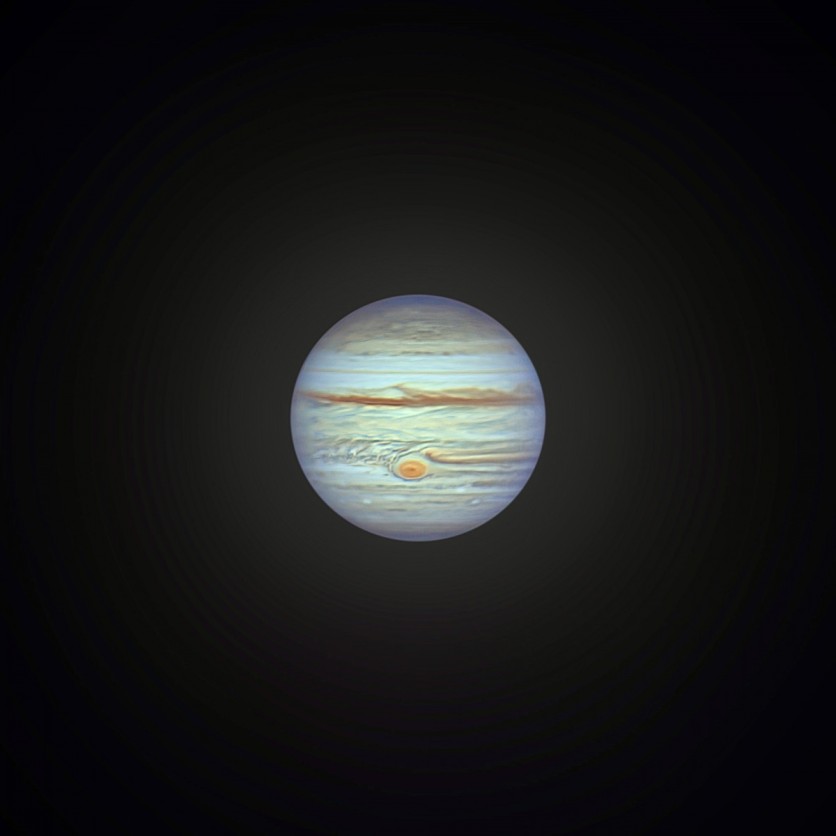Who knew that a single image could hold a hundred thousand shots in it too?
Veteran astronomer Andrew McCarthy of Arizona, who recently captured his clearest picture of the huge planet, presented this magnificent image of Jupiter on September 17, as reported first by Space.com.
However, it is worth noting that this is not a single image but rather a compilation of hundreds of thousands of photos.
"After spending all night shooting around 600,000 photos of it, I'm thrilled to show you my sharpest Jupiter shot so far. This was captured using an 11" telescope and a camera I usually use for deep sky work," McCarthy said in a Twitter post.

After spending all night shooting around 600,000 photos of it, I’m thrilled to show you my sharpest Jupiter shot so far. This was captured using an 11” telescope and a camera I usually use for deep sky work. pic.twitter.com/puCv57wGzn
— Andrew McCarthy (@AJamesMcCarthy) September 17, 2022
"Ridiculously Detailed"
Jupiter is seen in the image as a brilliant object rising in the Eastern skies moments after sunset. According to McCarthy, one might witness the planet's four Galilean moons with binoculars, which appear to the naked eye as a dazzling star.
McCarthy creates amazing photographs by using software to combine several images captured during a nighttime photo shoot. He obtained a "ridiculously detailed" image of the moon over months using a similar method. He said that Jupiter is a terrific target for his camera eye at all times.
"And while the number of photos seems like a lot, I was capturing them at about 80 per second, so it went by relatively fast," the astrophotographer said in a statement with McCarthy.
If you want to look at Jupiter yourself, the best moment to watch the planet become visible in our skies will be on Monday, Sept. 26.
Jupiter's Opposition
Jupiter will be 59 years away from Earth when the planet is in opposition this year. The distance between it and Earth will be 367 million miles (591 million kilometers), which will be the closest since 1963.
All of this is the result of a lucky convergence of opposition and the ideal perihelion.
According to ScienceAlert, Jupiter's distance from the Sun decreases to just 740 million km (approximately 460 million miles) every twelve Earth years, affording those of us in the uptown region of the Solar System a fantastic perspective of the huge planet appearing bigger in the night sky.
Technically, Jupiter's perihelion, or the time when the planet comes closest to the Sun, won't happen until early in the next year. Earth will be whizzing through by that time in its own eternal orbit, as per ScienceAlert.
But this week marks the annual closest approach of Jupiter, which is referred to as being in opposition. It's the only time of year when the Sun, Earth, and Jupiter can all be seen in a straight line.
When combined, opposition with a flawless perihelion would provide us with a full-frontal view of Jupiter's brilliant illumination. We may be a little early for a perihelion, but October 1963 marked the last time Earth was this close to Jupiter, at a distance of only 590 million kilometers.
Related Article:
This article is owned by Tech Times
Written by Joaquin Victor Tacla




